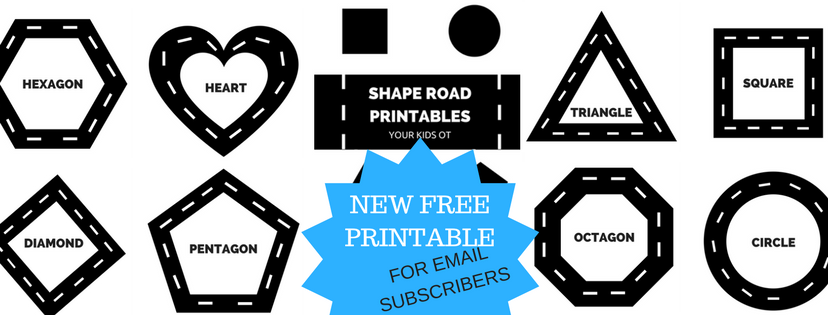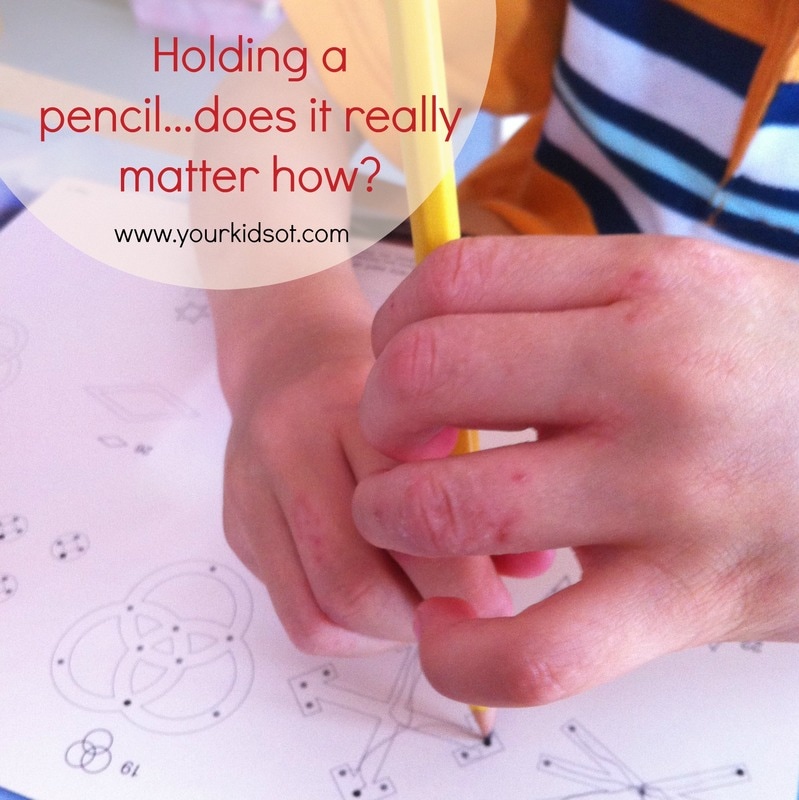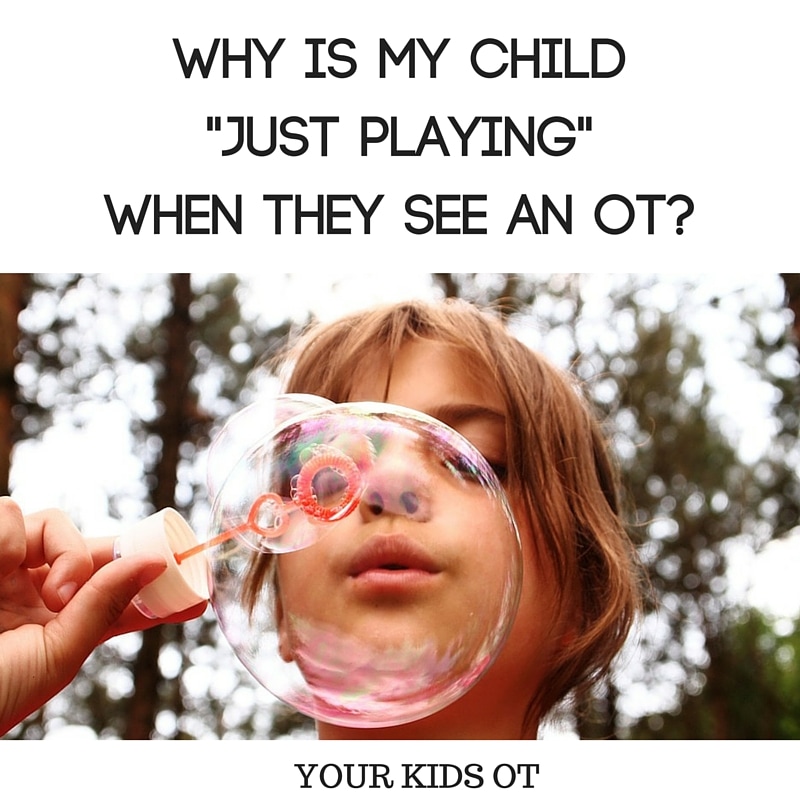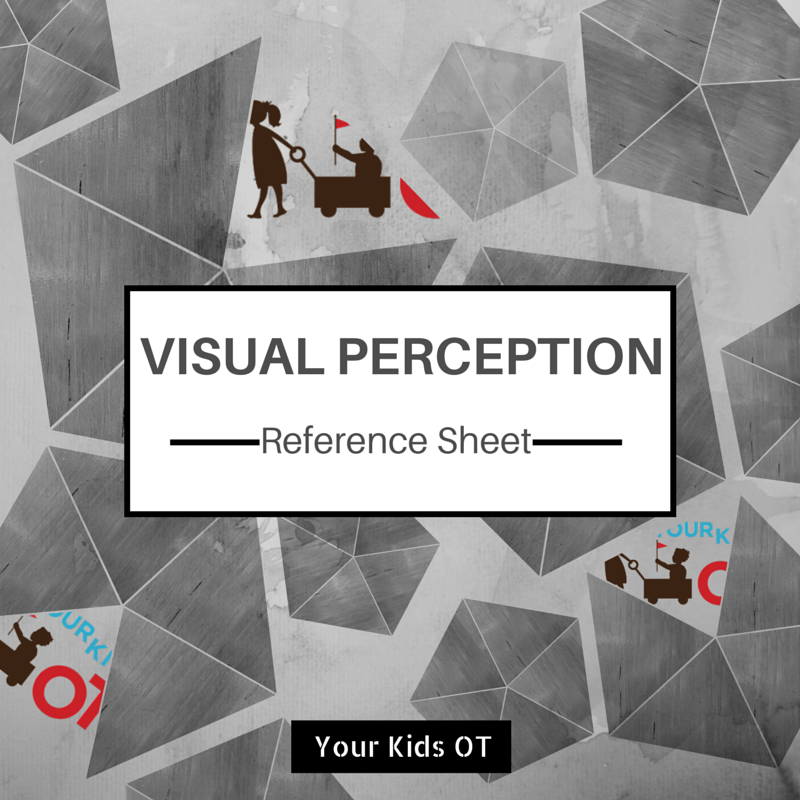|
Handwriting is a complex skill. Handwriting involves the ability to form letters with consistent letter size, proportions and spacing, so that others can read words and sentences. Producing legible handwriting requires complex visual perceptual skills as well as an integration of motor skills with these visual perceptual skills. A deficiency in visual-motor integration may be evident when observing poor quality handwriting (Volman, van Schendel, & Jongmans, 2006). Visual perception is the process where the brain extracts and organises information, giving meaning to what we see. Visual-motor integration is the degree to which visual perception and finger-hand movements are well coordinated (Beery & Beery, 2010). There are many components of visual processing which work together to assign meaning to what we see and include eye-hand coordination, figure ground, visual discrimination, form constancy, visual memory and visual-sequential memory. Eye –hand coordination is the ability to coordinate eye movement with hand movements and includes the ability to process visual information to guide hand function. When children are learning to control a pencil for handwriting, they will rely on visual information as they look at their hand and what the pencil is producing as they write. The ability to copy a vertical line, circle, horizontal line, right oblique line, square, left oblique line and an oblique cross have been recognised by therapists as an indication of a child’s readiness to integrate visual-motor skills to begin handwriting instruction. Beery & Beery (2010) recommend that formal pencil-paper instruction is postponed until a child can easily execute an oblique cross as it requires crossing the midline, which is the source of many reversal problems. They also suggest that transfer of improved visual-motor skills does not automatically transfer to academic tasks and teaching letters, words and sentences are still required. Typically children are encouraged to control their pencils and practise eye-hand coordination with tracing various lines, then shapes and then letters. These lines may include bold dotted lines, faded dotted lines, bold unbroken lines, faded unbroken lines to trace on. Children may also be provided with paths, roads or outlines to draw between to produce lines, shapes or letters. Therapist may support children with eye-hand difficulties by contrasting the path to be drawn or by emphasizing the boundary line (eg. with a raised surface). Eye-hand coordination of fine and gross motor tasks may also be encouraged prior to handwriting instruction. This may emphasize large movements before moving to small movements. Children may be encouraged to develop eye-hand coordination of larger tools before using small tools for more accurate control (eg. crayon rock before ordinary crayon). Visual Discrimination is the ability to classify objects or shapes based on visual information such as colour, form, pattern, size or position. In handwriting, children need to be aware of common characteristics as well as subtle differences which distinguish letters and words. Children need to identify letters as well as the sequential order of letters to recognize words for reading, writing and spelling. Difficulties with visual discrimination may be seen with letter reversals or lack of attention to detail in letter formation. For example. When writing “n”, if the initial line is drawn too long it appears as “h” or if the up and over section is too short it appears as “r”. When writing “a”, if the line is produced too long and below the circle it appears as “q”, if the line is produced too long and above the circle it appears as “d”, if the line is too long above and below the circle it is unrecognizable, if the line is too long and placed to the left and below of the circle it appears as “p” or if it is placed to the left and above the circle it appears as “b”.
Visual discrimination in handwriting may also be seen with confusions with the use of lower and upper case letters. Children need to be able to firstly identify letters regardless of lower or upper case formation (ie. classification) and then use these appropriately (eg. Capital letters used at the beginning of a sentence).
Children with visual discrimination difficulties may require additional strategies to classify letters. Providing a multi-sensory approach to learning (eg. use of pipe-cleaners, playdough, rice, shaving foam, etc) may assist with kinaesthetic learning and muscle memory. Position in Space or spatial relationships involves the ability to process information about oneself in relation with their environment in space, orientation and position. It may involved the ability to understand directional language concepts such as up/down, next to, left/right, over/under, etc. In handwriting, difficulties with spatial relationships may also affect letter formation as described in visual discrimination as children have difficulty relating the position of lines in relation to other parts of a letter. Children may also demonstrate difficulty with writing on a line, adequate spacing between letters or words. They may have difficulty ruling up a page and maintaining writing on the left hand side of the page with the beginning of each line. Children with difficulties with spatial relationships require a range of intervention strategies to assist with this visual perceptual difficulty. This may include gross motor activities and postural control activities to encourage body awareness as well as shape positioning games such as Tangrams and felt shapes. They may also benefit from copying patterns made with blocks, LEGO models and beads before attempting to copy patterns on paper. Further strategies may include use of speciality writing paper (eg. coloured lines), grid paper, highlighting the writing line, placing a ruler on the writing line and the use of a “spacer” between words.
Figure-Ground is the ability to see an object or form when presented in a complex background. In handwriting, this is needed when copying information from a source (eg. the whiteboard) and keeping track of where you are up to. Children with figure-ground difficulties may begin writing on a line and then after looking up do not know where they should write the next letter on their page. They may also miss important information or segments of a letter or a word when writing.
Extra cues may be needed for children with figure-ground difficulties such as providing information on a piece of paper rather than a board, a square drawn around a word or phrase to be copied or a ruler to highlight the writing line. They may also benefit from scanning exercises. Visual Closure is the ability to process visual information when the object or word is partially hidden. In handwriting, this may affect letter formation and spelling words. Visual closure in letter formation is closely related to visual discrimination described earlier. Children may also demonstrate incomplete letter formation which affects handwriting legibility and neatness. Activities recommended in the visual discrimination section are relevant for those with visual closure difficulties.
Form Constancy is the ability to identify an object, shape, letter, number, symbol when it is presented in a different way (eg. larger, smaller, rotated, italics, bold, different font, sideways, upside down, different colour). In handwriting this may result in not realising when they are having difficulty with letter formation as they may interpret their formation as accurate. For example they may see the visual closure examples above and may consider the forms to be constant (form constancy) and are unable to identify the discriminating features (visual discrimination). Children who have difficulty with form constancy may also have difficulty transitioning from printing to cursive writing.
Children who experience with difficulty with form constancy may benefit from consistent use of the same writing font in the classroom, presentation of information at the same orientation that it is expected to be reproduced (eg. flat on the table when writing at the table or vertical when writing on a whiteboard). Teaching letters and words using a multi-sensory approach can help children to become more aware of the properties of shapes and letters needed for handwriting. Visual memory is the ability to remember and recall objects, shapes, symbols or movements in short term memory. Visual memory requires visualization of what to remember. This may affect a child’s ability to recognize and name shapes, letters and words. They may have difficulty remember what these “look like” without a visual prompt. For example, children may be able to copy the letters of the alphabet when it is on a desk strip, however if you randomly ask them to write various letters of the alphabet they may not recall what it looks like. They may also have difficulty remembering all the letters of a word to copy and need to “look up” to copy each letter even with familiar words. Children with visual memory difficulties benefit from playing memory card games and chunking small amounts of information at a time for writing (eg. word on a flash cards rather than a whole sheet). They may require visual aids for longer than other students (eg. use of desk strips of the alphabet). These children also benefit from multi-sensory learning especially incorporating the use of verbal cues associated with motor movements (eg. tall straight line down, up and over to draw an “h” can be creating walking on a chalk line, creating this with a skipping rope, tracing in shaving cream, writing on a whiteboard, using a ribbon to draw in the sky and using finger to write on someone’s back). Visual sequential memory is the ability to remember and recall a sequence of objects, shapes, symbols or movements in a particular order. In handwriting, this may affect letter formation with more frequent letter reversals as children have difficulty remembering the order for letter formation as well as the spatial position of the next line. This may also affect a child’s ability to write words which may have similar letters (eg. on, no, one) or a sequence of words to make a sentence. Children with visual sequential memory difficulties benefit from pairing verbal cues with motor skills as described in visual memory. Children may read and repeat letters for writing words, or read and repeat phrases and sentences for extended writing. These verbal cues may need to be said “aloud” before the child learns to internalise this and “says it in their heads”. Simple sequential memory games using physical props such as beads, blocks, pom poms may precede games using letters, numbers, shapes and words. These may be presented in increasingly large numbers and covered to be reproduced with shorter time frames over time as skills develop. Occupational Therapists use a variety of assessment tools to identify visual perceptual and visual-motor integration difficulties. If your child is experiencing difficulties with these aspects of handwriting contact a registered Occupational Therapist for a comprehensive assessment. This post is part of “Functional Skills for Kids: 12 month series by Paediatric Occupational and Physical Therapists”. You can read all of the childhood functionsHERE. Read all Your Kids OT’s monthly posts HERE. The information in this article may now be found in THE HANDWRITING BOOK! The Handwriting Book breaks down the functional skill of handwriting into developmental areas. These include developmental progression of pre-writing strokes, fine motor skills, gross motor development, sensory considerations, and visual perceptual skills. Read more about THE HANDWRITING BOOK HERE (an e-book which you can download instantly)!
References: Beery, K. E., Buktenica, N. A., & Beery, N. A. (2010). The Beery-Buktenica developmental test of visual-motor integration: Administration, scoring, and teaching manual (6th ed.). Minneapolis, MN: NSC Pearson. Volman, M. J. M., van Schendel, B., & Jongmans, M. J. (2006). Handwriting difficulties in primary school children: A search for underlying mechanisms. American Journal of Occupational Therapy, 60(4), 451-460. Comments are closed.
|
AuthorHi, I'm Cindy and I am an Occupational Therapist. I enjoy working creatively with children to see them reach their potential. Read more about me here. SEARCH THIS SITE
Archives
June 2024
Categories
All
Popular Posts |
Join the YKOT e-newsletter!
Subscribe to get our latest content by email and receive
the SHAPE ROADS PRINTABLE NOW!

Success! Now check your email to confirm your subscription and receive your free printable!
Join our Mailing List!
Subscribe to get our latest content by email and receive
the SHAPE ROADS PRINTABLE NOW as a thankyou!

Success! Now check your email to confirm your subscription and receive your free printable!
Disclaimer: The information on this site is general in nature and should be used for educational and entertainment purposes. The activities are safe for most children, however, you should consult an Occupational Therapist or health professional to address specific movement, sensory or other medical conditions. This blog does not replace formal therapeutic professional advice given by a health professional or medical practitioner. Reviews and endorsements of products will only be made based on my expertise and personal opinion; and deemed worthy of such endorsement. The opinions shared in sponsored content will always be my own and not that of the advertising company or brand. Content, advertising space or posts will be clearly identified if paid, affiliated or sponsored. Affiliate links may be found throughout this website in advertising. This means that if you follow through with a purchase from these links, Your Kids OT will receive a percentage of the sale. Your Kids OT undertakes to meet the requirements of the "Social Media Policy" as published by Australian Health Practitioner Regulation Agency (AHPRA). Further information about this policy can be found here.
Find meFollow me |
About me
AuthorHi, I'm Cindy and I am an Occupational Therapist. I enjoy working creatively with children to see them reach their potential. Read more about me here. |
Copyright © 2017 Your Kid OT

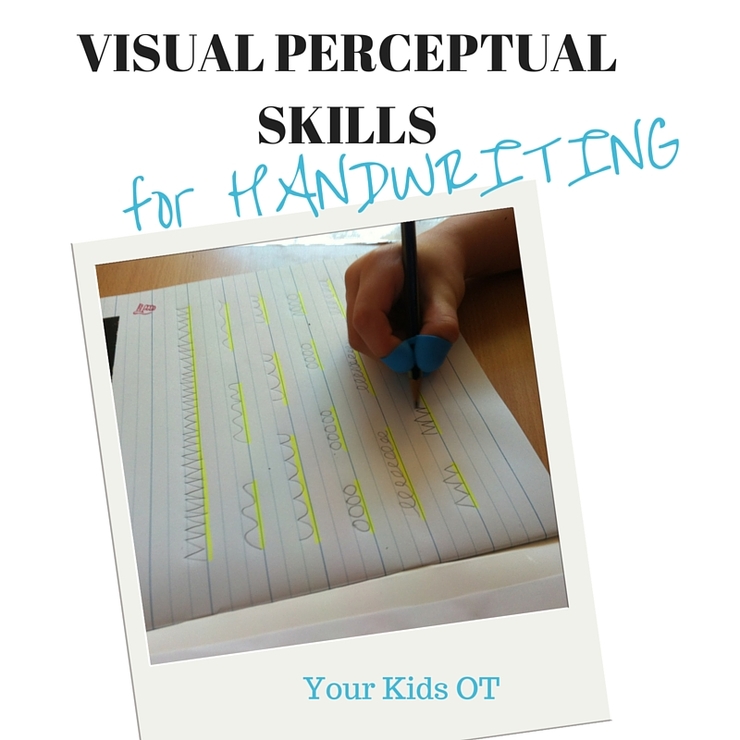

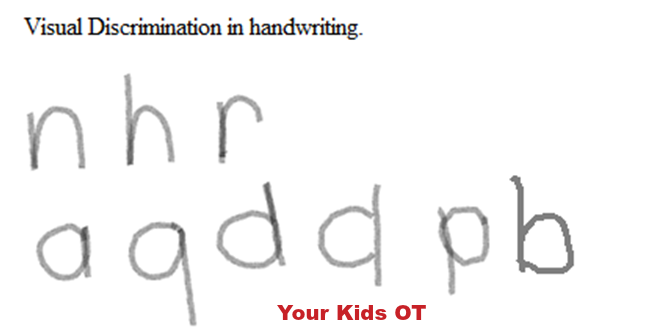
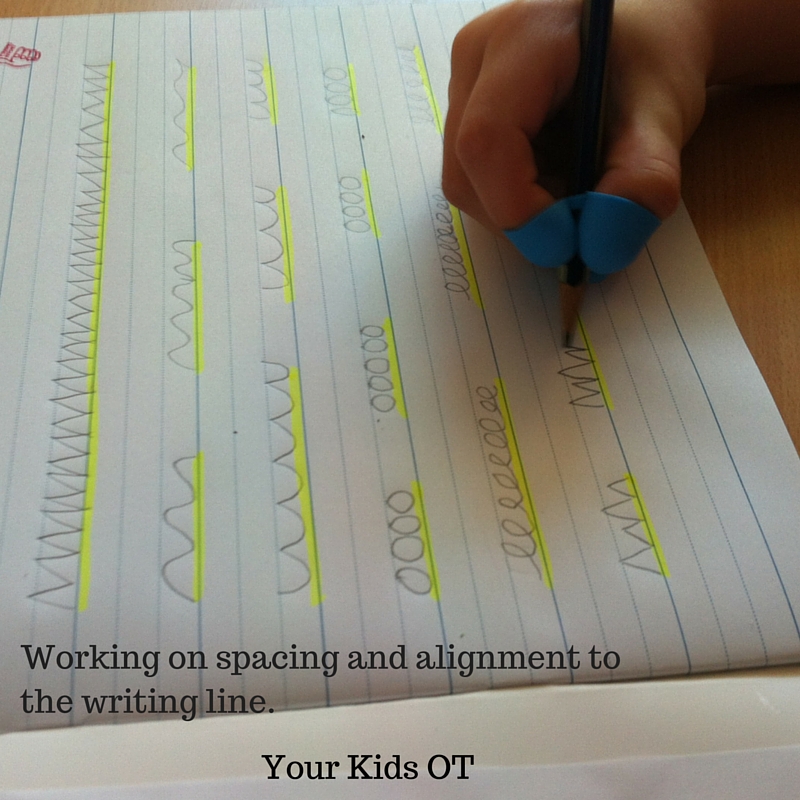
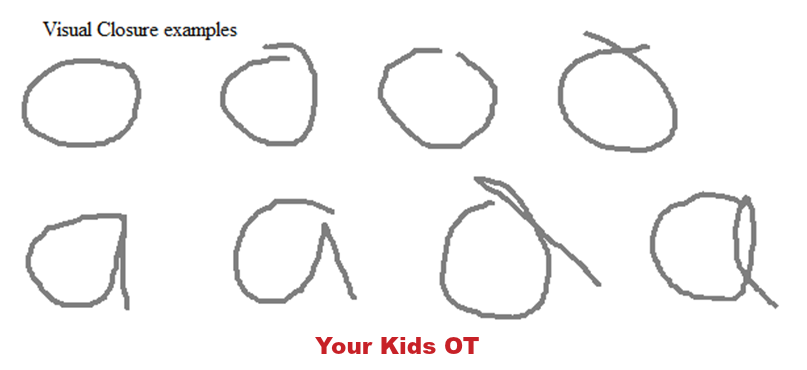
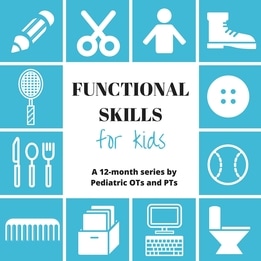
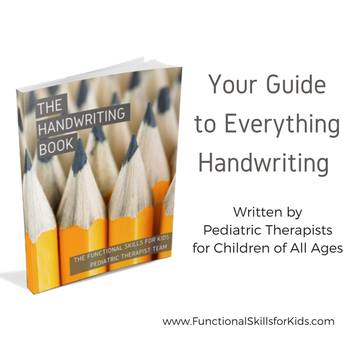
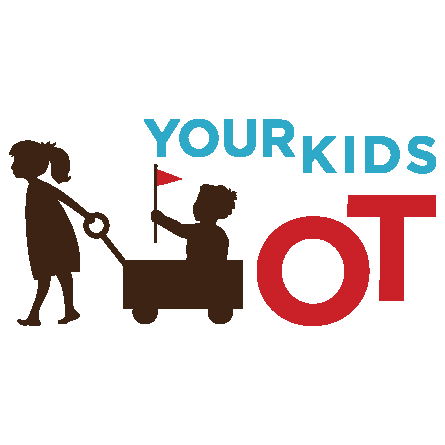
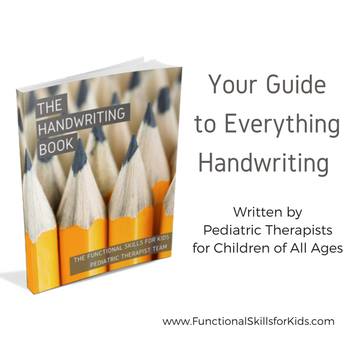
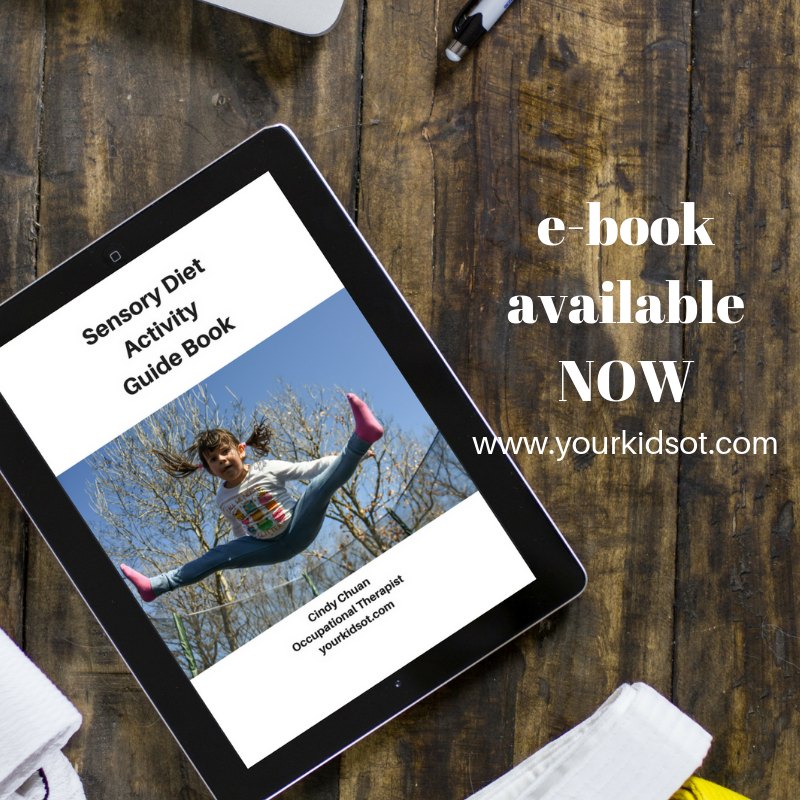
 RSS Feed
RSS Feed
